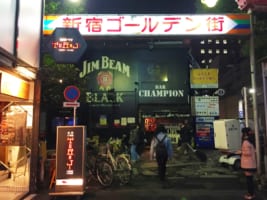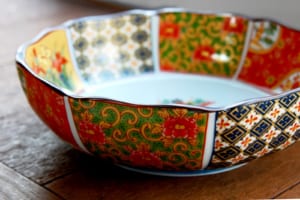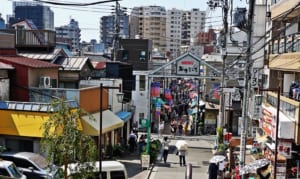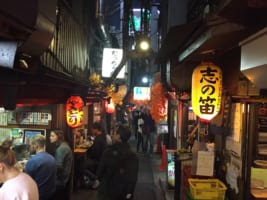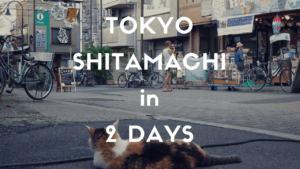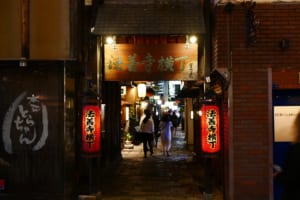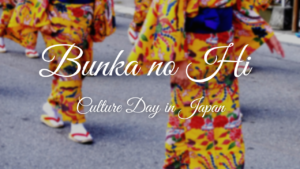What is “Showa Retro” and Where Can You Find It in Japan?
Showa Era Revival: Experiencing Japan's Vintage Vibes

Have you heard of “Showa Retro”? It is one of the most trending cultures in Japan. In Japan, the Anno Domini is divided into certain periods by era names, according to the Japanese Emperor. The Showa era is the period from 1926 to 1989. Showa Retro is something that reminds people of the atmosphere and phenomena in the Showa era, especially from 1975 to 1985, such as records and film cameras.
Currently, we’re in the Reiwa era in Japan, but there is still a huge Showa Retro wave prevalent in Japan. Let’s take a closer look at what Showa Retro is like and where you can find it!
1. What is Showa Retro?
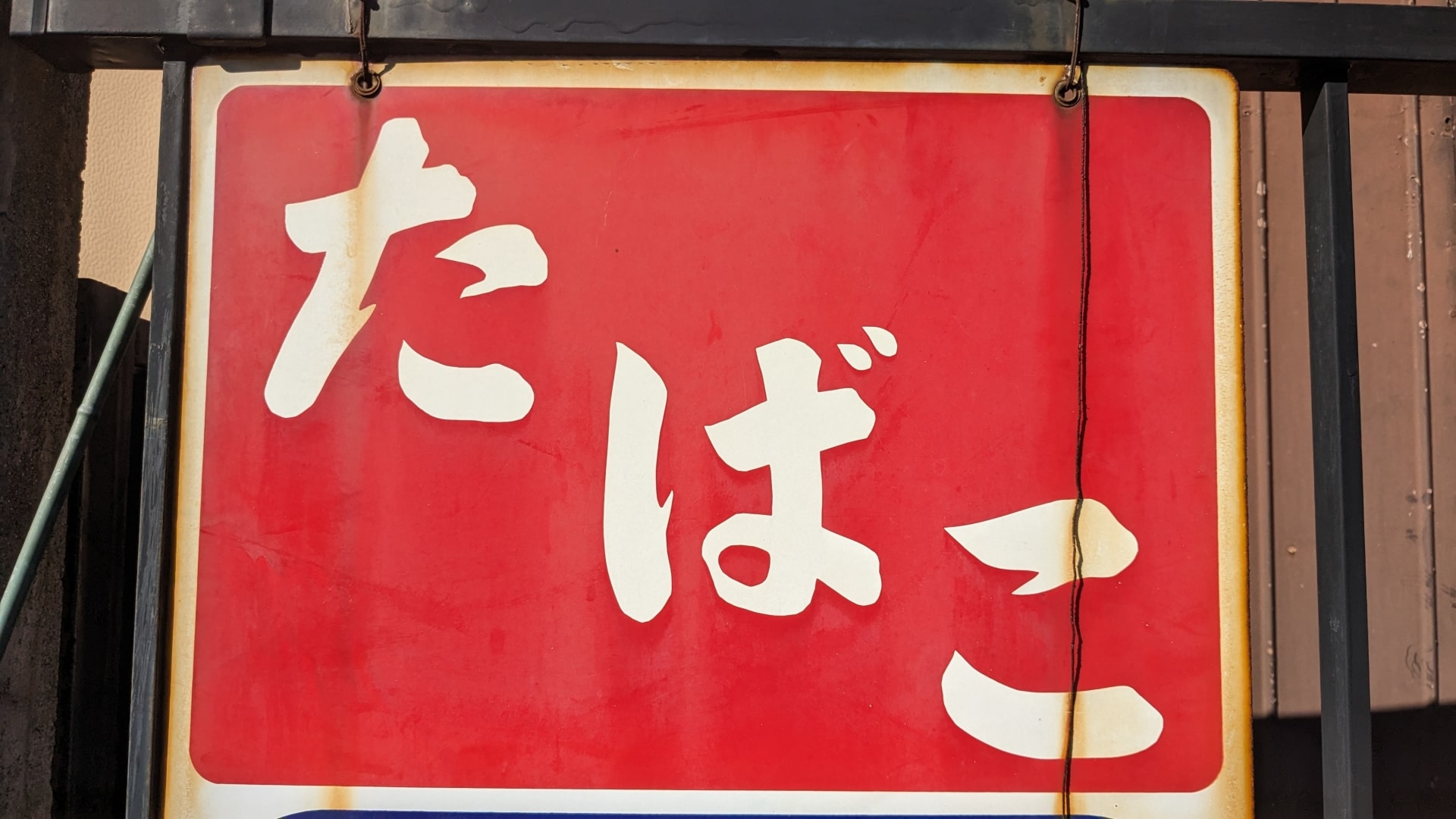
As I mentioned before, Showa Retro is something that reminds people of the atmosphere and phenomena in the Showa era and makes them feel nostalgic. The concept of Showa Retro can be accepted in any category, such as fashion, architecture, and product design. At first sight, things called Showa Retro seem old-fashioned in the modern world, such as records and film cameras, as well as furniture and font designs that were used in the Showa era. However, the unbalance these retro styles gave compared to the more modern styles somehow makes things look even more stylish.
Things that are considered Showa Retro have some common characteristics. Firstly, they’re colored with desaturated colors, such as dark brown, turquoise, and mustard. At the same time, they’re also colored with vivid colors such, as mauve pink and orange-reddish. Secondly, the design is simplistic. There is no complexity so everything can fit into any room and environment as well as can be arranged easily.
Moreover, the word “Retro” in Japanese has different nuances compared to that of the Western. While “Retro” to Westerns may sound like something related to more material and aesthetics, it means to Japanese something that evokes emotion and nostalgia. The most important point is that you can feel nostalgic or you can feel the atmosphere of the Showa era when you’re in touch with Showa Retro stuff.
2. History of Showa Retro
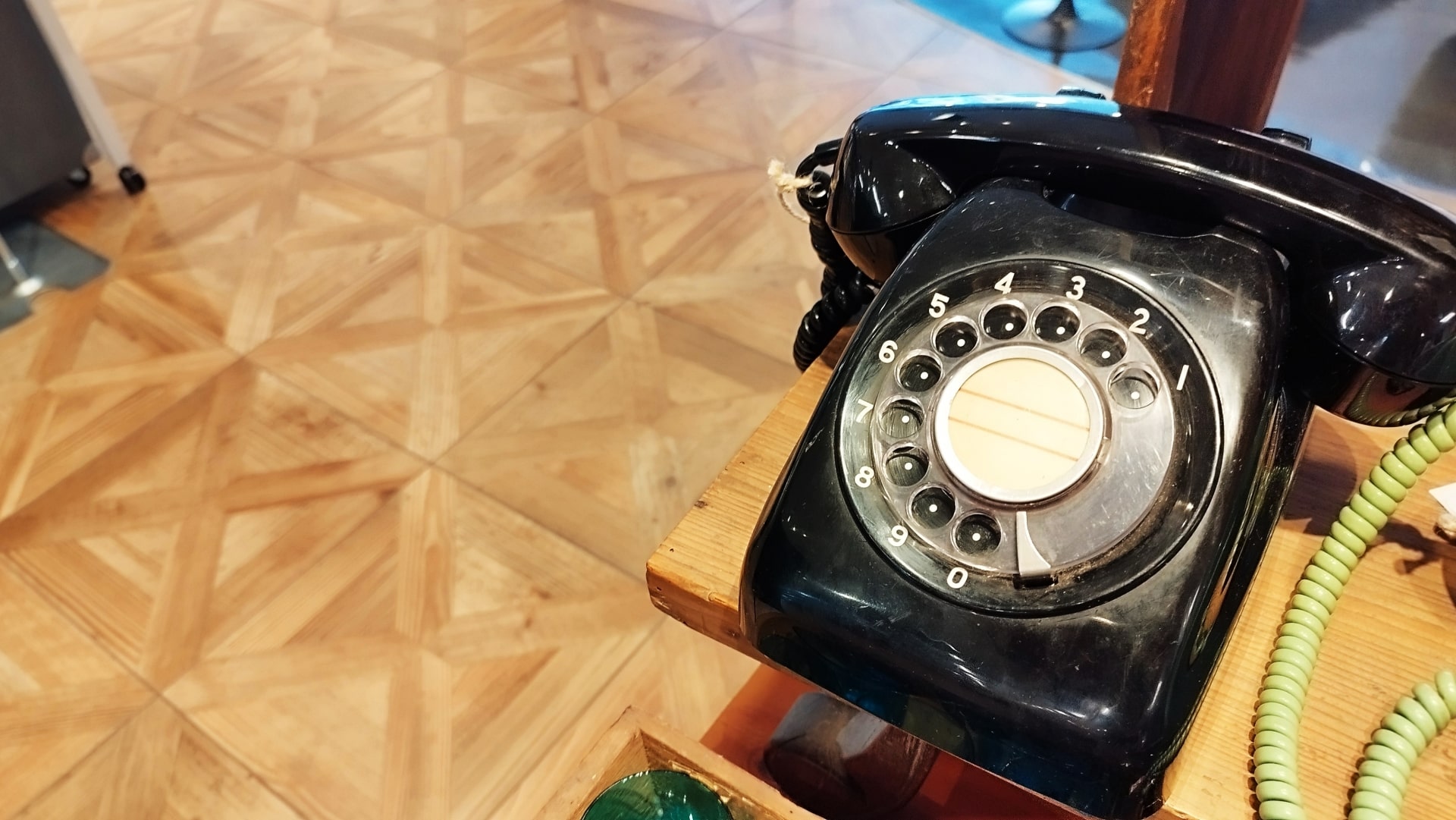
Showa is the name of the era in Japan from 1926 to 1989. The Showa era was the longest period of modern Japanese history and a lot of significant incidents happened during this period, such as WWⅡ. The Showa era was also recognized as one of the most important eras for Japan in terms of Japanese politics and culture. And the people’s way of thinking and values changed a lot. I would say this change made the basis of the modern Japanese social system and culture.
Showa Retro is, again, something that reminds people of the atmosphere and phenomena in the Showa era and makes them feel nostalgic. They’re made, designed, and used in the Showa era. They were gradually replaced with modern stuff, such as digital cameras and CD players in the Hese era, which is the next period from 1989 to 2019. Moreover, after technological innovation, the things used in the Showa era seemed to almost disappear with the emergence of smartphones, the Internet, and AI.
However, they are now getting back to being popular as Showa Retro surprisingly among the young generations. Some modern fashionable people found the Showa style slay and nostalgic. The reason for this popularity could be its simplicity and nostalgic vibe. In this very convenient but complicated modern society, sometimes people are likely to crave something pure and simple. By experiencing Showa Retro, people can feel nostalgia and feel like they are time-traveling back to the Showa era.
It seems weird but also interesting that the Showa Retro style is integrated into the modern world. This disharmony interests people and makes things look unusual and even more stylish. Moreover, by experiencing the life of the old days, modern people possibly get the opportunity to get away from this too much digital world and realize how precious personal contact and analog life are.
3. Where can you find Showa Retro?
Let’s have a look at places where you can find Showa Retro in Japan!
Asakusa area
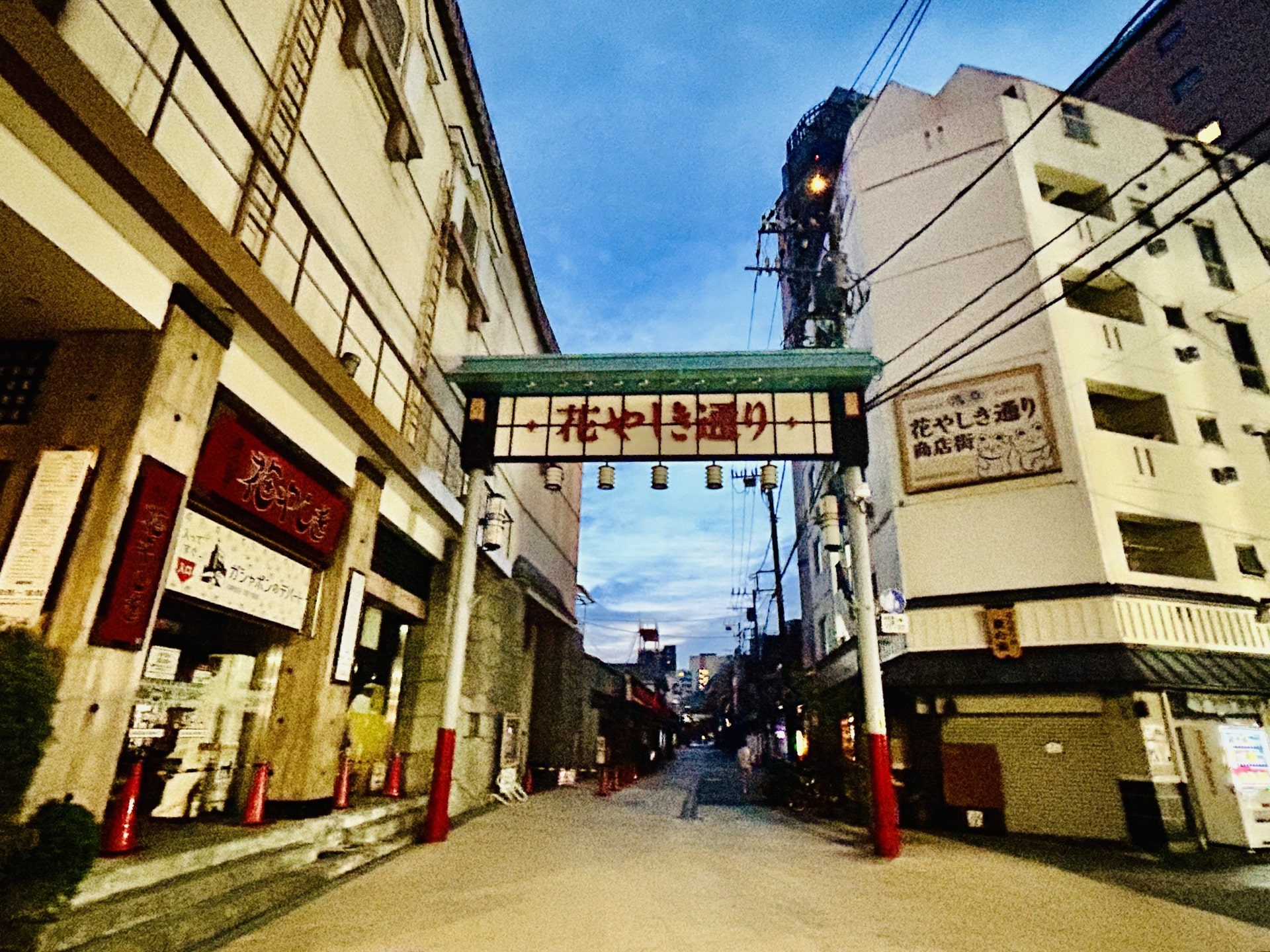
The Asakusa area is one of the most popular tourist spots in Tokyo. The atmosphere of the town is representative of Showa Retro. There are a lot of old buildings and streets that remain in the style of the Showa era. Sensoji Temple is popular for not only tourists but also for local people as a traditional place to pray for good fortune. There are a lot of shops that have a Showa Retro vibe along the street. Asakusa Hanayashiki is the first amusement park in Japan. Its roller coaster is known as the oldest roller coaster made in Japan. The old structure is one of the components to enjoy a thrilling experience. Walking around the Asakusa area wearing a kimono can be a great experience that you can enjoy Showa Retro.
Omoide Yokocho
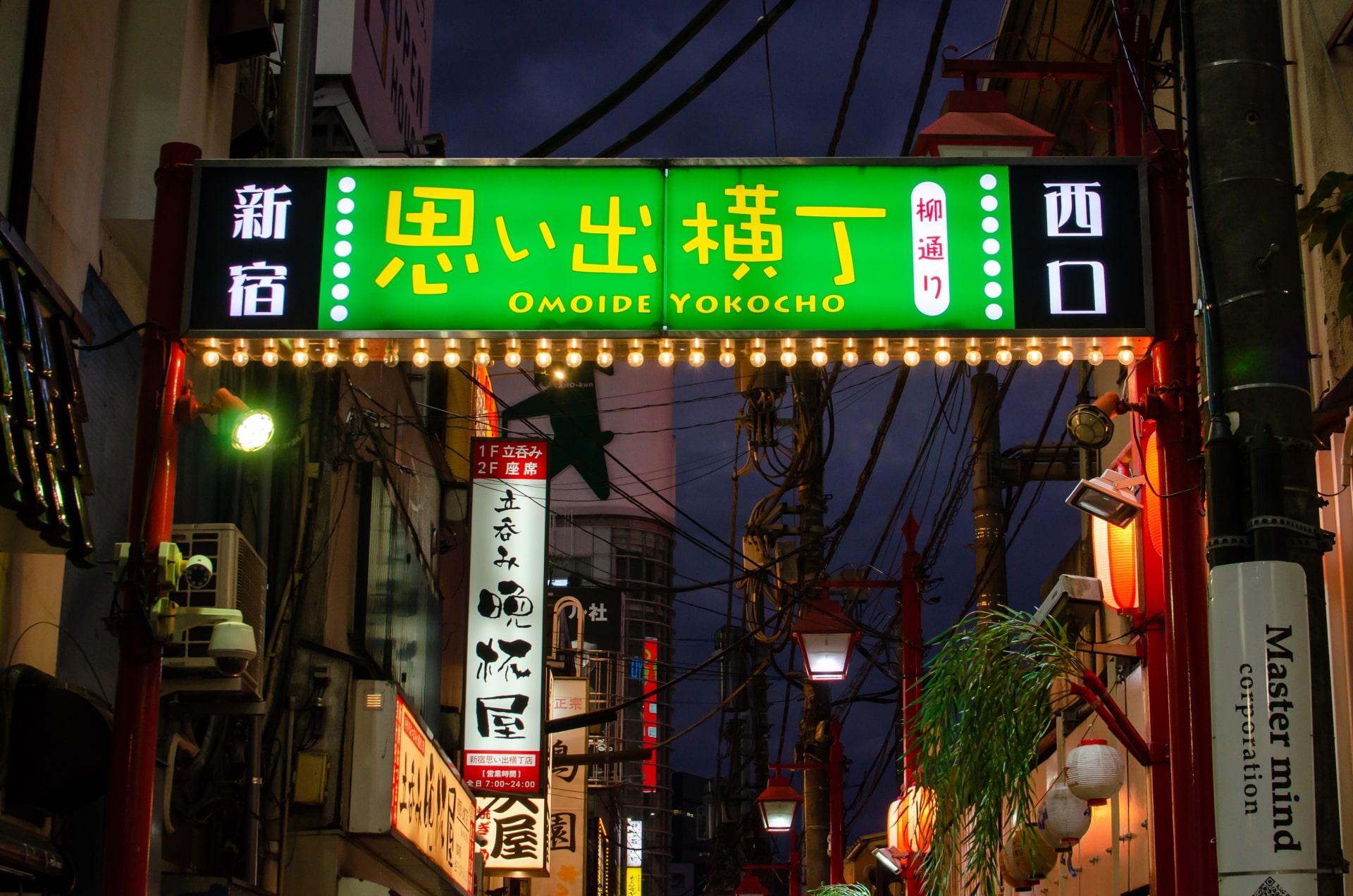
Omoide Yokocho is a street for eating and drinking, located in the Shinjuku area. Numerous nostalgic Izakayas are welcoming people to chill and meet new people. The origin of Omoide Yokocho is that some street food shops started their business at a burnt field after WWⅡ. In addition to Izakaya, there are various shops, such as soba noodle shops, cafes, and bars. The area has been loved as where people can meet and keep remembering old memories.
Sabouru
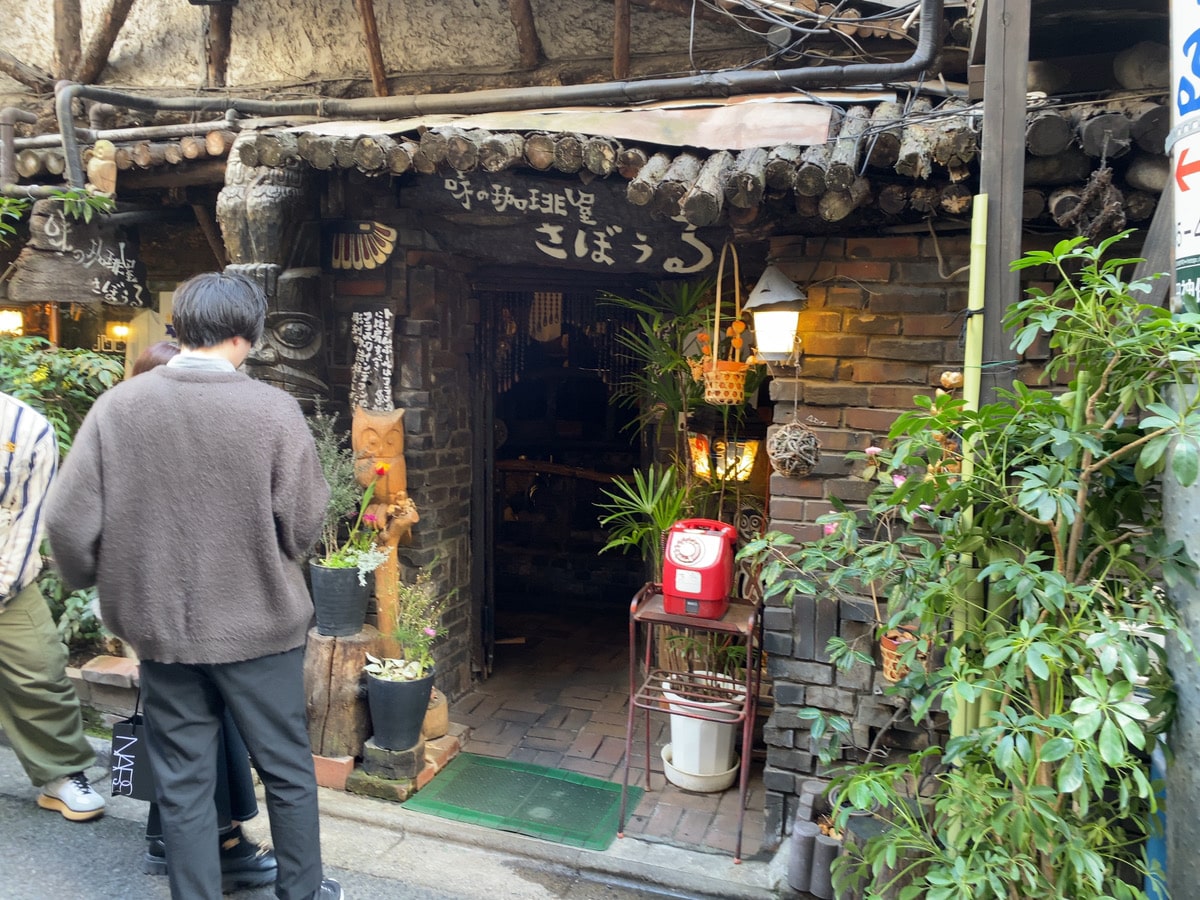
Sabouru is one of the most famous Showa Retro cafes in Tokyo, located in the Jinbocho area. The Jinbocho area is also known as a town of old books and it keeps a lot of old buildings and town layout as they were. Sabouru has been loved as an old-fashioned cafe for more than 60 years. The red analog phone at the entrance is impressive. The featured drink is Creme Soda, which is a sparkling drink with ice creme on top. You can choose from 7 colors, and that’s why it’s popular as a photogenic spot for Instagram as well. The next door is Sabouru 2, where you can try authentic old-style Neapolitan and Japanese curry rice. Neapolitan is the most iconic food in old-fashioned cafes, so don’t miss trying it!!
4. Similar genres
Let me introduce some similar genres that are hot and trending now among the young generation.
Taisho Romance
Taisho Romance came from the Taisho era, which was before the Showa era from 1912 to 1926. The Taisho era is one of the shortest periods in Japanese history. In the Taisho era, women were not allowed to vote. The biggest incident in the period was WWⅠ.
Taisho Romance is a word to express the popular culture that emerged in the Taisho era. As women started working, the unique fashion of Danpatsu (bobbed hair) with Western clothing, not kimono, became common, inspired by Western cultures. Taisho Romance is the coexistence of traditional Japanese culture and Western cultures, especially the culture of romanticism. While Showa Retro has both of gloomy and vivid colors, Taisho Romance is characterized by only desaturated colors.
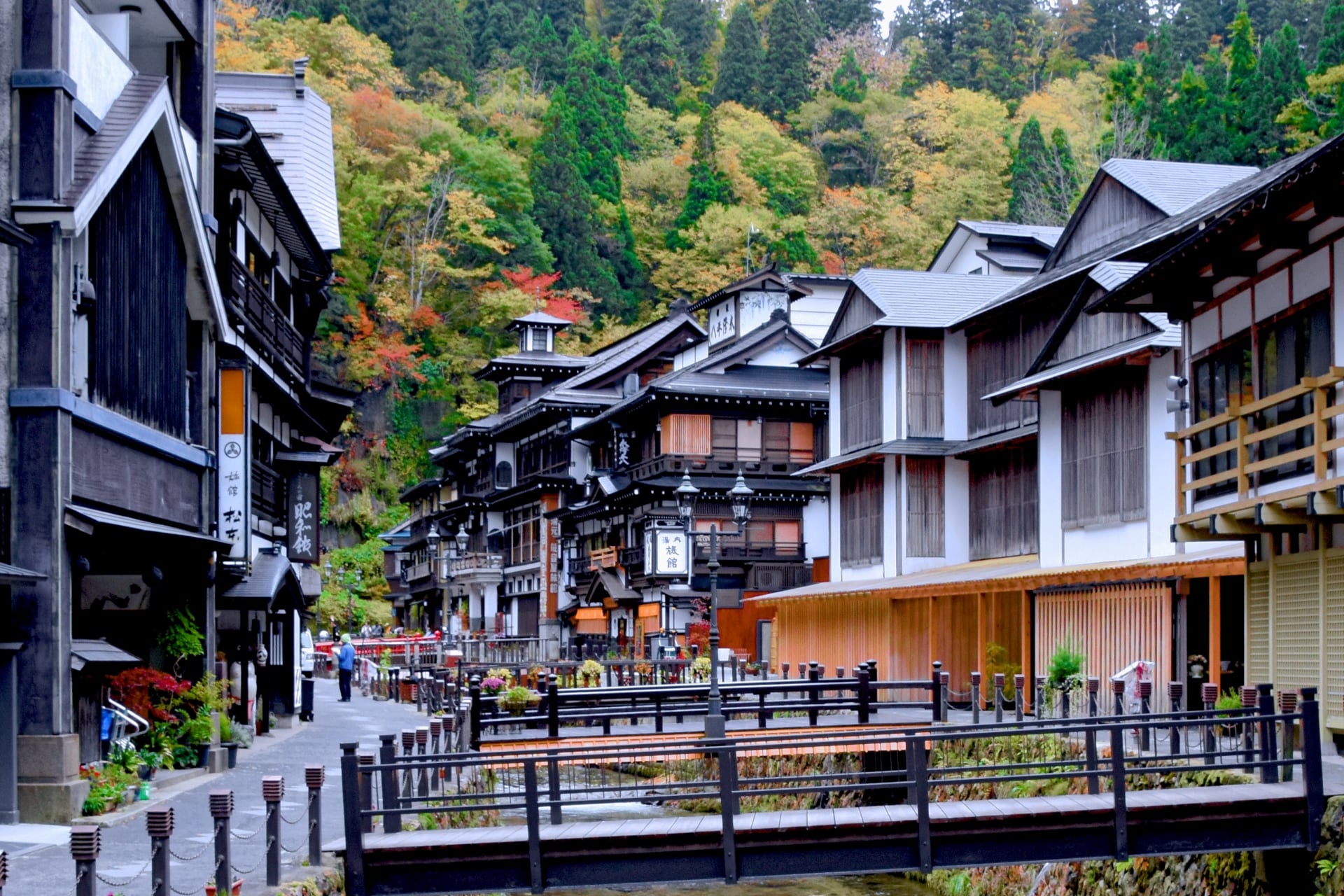
Heisei Retro
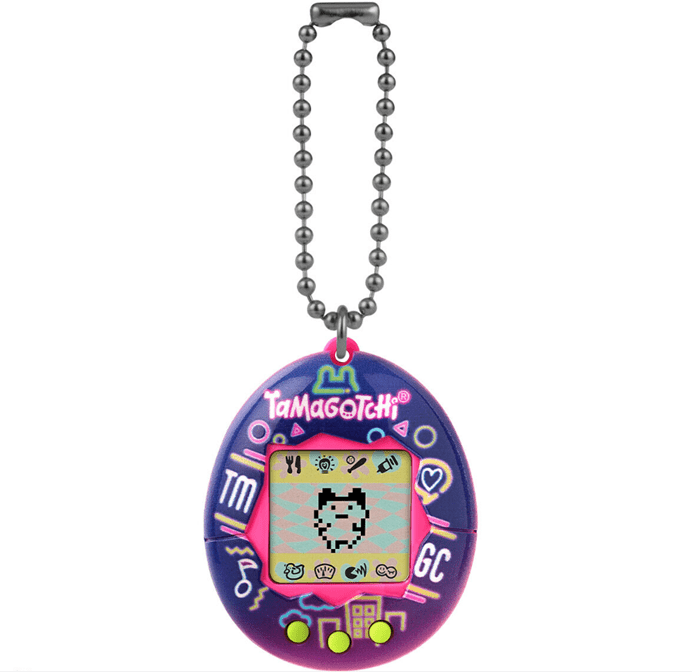
Heisei Retro means the culture that was hot during the Heisei era from 1989 to 2019. Personally, I’m shocked that Heisei is already a word to express the past time. Compared to Showa Retro, as technology had developed dramatically in the Heisei era, Heisei Retro includes a more fresh and sophisticated atmosphere, liberty, and uniqueness.
The attractive point of Heisei Retro is that it’s familiar to all generations. From teenagers to 80s people, all of them have their own memories of the Heisei era. While Taisho Romance and Showa Retro focus on their atmosphere and nostalgia, Heisei Retoro features its characters, music, and fashion that were hot during the period. Moreover, the word Y2K particularly focuses on the fashion of the 2000s, such as “Gyaru culture”. “Gyaru culture” was a hot style at that time among teenagers who had blonde hair and tan skin and wore very a short skirt and loose socks. There used to be a lot of gyaru communities in the Shibuya area. As a representative character, Tamagotchi has to be mentioned. Tamagotchi was released in 1996 as a character-raising game. Tamagotchi was the hottest word in 1997 and achieved 40 million sales in 2 years and a half. Since then, it’s still lived over various generations.
▽Subscribe to our free news magazine!▽
Which culture are you interested in most? For more information about Japanese culture and traveling tips, be sure to check out the articles below!
▼Related topics▼
▼Editor’s picks▼
Written by
Hello, I'm Kanako. I have a passion for traveling and indulging in local cuisine from various regions. Some of my favorite places in Japan include the beautiful Kanazawa, vibrant Osaka, and lively Fukuoka. A true enthusiast of live music, I particularly enjoy watching rock bands perform and immerse myself in the electrifying atmosphere. As a keen shopper, I always stay on top of the latest fashion trends to keep my style fresh and exciting. I truly hope that my articles can inspire and assist you in your travels or daily life in Japan. Happy exploring!





